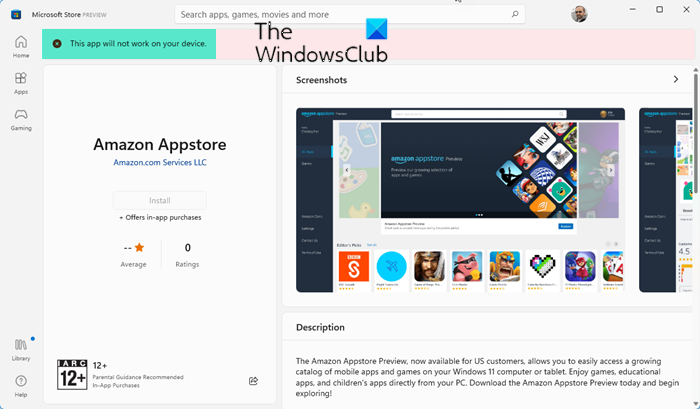Getting this issue under control is easier than you might think, though some instances will require some effort on your part. Keep reading the information below to learn more about what to do-
1] Enable the Hyper-V Windows Feature
Go to the Control PanelMake your way to programsOpen the Windows Features windowEnable the needed features.
Read: How to enable or disable Hardware virtualization via BIOS.
Go to the Control Panel
If you want to fire up the Control Panel, please click on the Search icon on the Taskbar, then type Control Panel into the search box. When the relevant results have appeared, select Control Panel to fire it up.
Make your way to Programs
Now, the next thing you should do here is to click on Programs. Do this by changing the View By section to Category, then from the bottom-left list, you should see Programs. Go ahead and select it.
Open the Windows Features window
To do this, you must click on Turn Windows Features on or off. This should be visible from under Programs and Features, so you can’t miss it.
Enable the needed features
From the new window known as Windows Features, you must scroll until you come across Hyper-V, Virtual Machine Platform, and Windows Hypervisor Platform. Tick the boxes next to each, then complete the task by hitting the OK button.
2] Update the Microsoft Store
Before we look at other solutions, we believe updating the Microsoft Store could set things right again, and as such, it should be the first step to take.
Open the Microsoft StoreNavigate to LibraryGet Updates
Open the Microsoft Store
To update the Store, you must first open it. You can do this by clicking on the relevant icon located on the Taskbar. If it’s not there, we suggest clicking on the Windows key and have a look around in the Start Menu.
Navigate to Library
Once the Microsoft Store is up and running, you must now move to a section that reads, Library. It is usually located at the bottom left corner, right above Help.
Get Updates
The final step here after opening the Library section is to click on Get Updates. This will automatically check for any available updates for all apps, and that includes the Microsoft Store. If any are found, the system will automatically download and install.
Do I need the Microsoft Store?
Here’s the thing, the Microsoft Store is an important aspect of Windows 11/10 since they are closely connected. You see, many of the key pre-installed apps require the Microsoft Store to get updates, but not only that, it’s the best place right now to download apps securely. Read: Fix Microsoft Store Error 0x803F800A.

